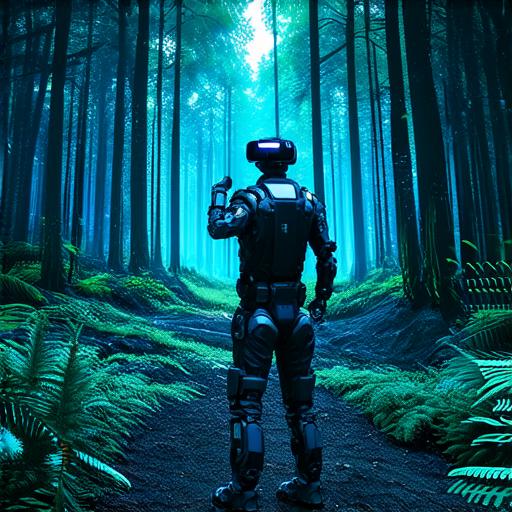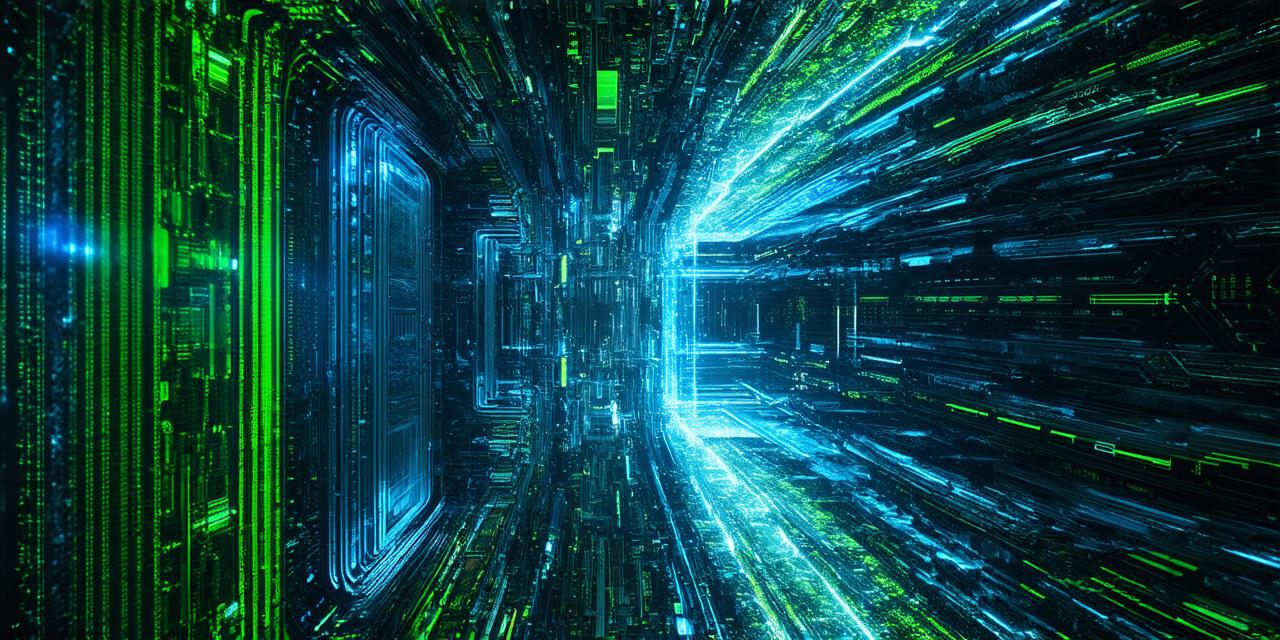Augmented Reality: A World Overlayed with Digital Content

AR is a technology that overlays digital content on top of the real world, creating an immersive experience that blends the physical and digital worlds. AR apps use the device’s camera to capture the real-world environment, then superimpose 3D models, animations, and other digital elements onto that image. This creates a seamless blend of the real world and digital content, allowing users to interact with virtual objects in their physical surroundings.
One of the most popular examples of AR is the Pokémon Go app, which uses GPS data to track players’ location and superimpose virtual creatures on top of real-world environments. This has made it possible for people to explore new places and interact with digital content in a way that was previously impossible. Other industries are also using AR technology to create engaging experiences for their customers. For example, IKEA uses AR to help users visualize furniture in their homes before buying it, while BMW uses AR to allow users to customize and configure their vehicles.
Virtual Reality: A Fully Immersive Experience
VR is a technology that completely immerses the user in a digital environment, creating a fully immersive experience that blocks out the real world. VR headsets use sensors and tracking technology to create a 360-degree view of a virtual world, allowing users to look around and interact with virtual objects in any direction they choose.
One of the most popular examples of VR is the Oculus Rift, which has been used for gaming, education, and even medical training. Other industries are also using VR technology to create immersive experiences for their customers. For example, architects use VR to visualize building designs in a virtual environment before constructing them in real life, while tourism companies are using VR to offer virtual tours of popular destinations.
Mixed Reality: The Best of Both Worlds
MR combines the best of AR and VR technologies to create an experience that is both immersive and interactive. MR apps use a combination of real-world cameras and digital displays to create a seamless blend of the physical and digital worlds, allowing users to interact with virtual objects in their physical surroundings.
One of the most popular examples of MR is Microsoft’s HoloLens, which has been used for gaming, education, and even industrial applications. Another example is Magic Leap, which is being used by designers and architects to visualize 3D models in real-time.
The Future of Augmented, Virtual, and Mixed Reality
AR, VR, and MR technologies are rapidly evolving, and we can expect to see even more innovative uses of these technologies in the future. One area where AR and VR are likely to have a significant impact is in education. These technologies have already been used to create virtual field trips and interactive learning experiences, and we can expect to see even more creative uses of these technologies in the classroom in the coming years.
Another area where MR technology is likely to have a significant impact is in the healthcare industry. By using MR to visualize medical procedures and simulate surgeries, doctors and nurses can improve their skills and reduce the risk of complications. This has the potential to save lives and improve patient outcomes.
Finally, AR and VR are also likely to have a significant impact on the entertainment industry. We can expect to see more immersive gaming experiences, as well as virtual concerts and movies that transport viewers into fully immersive environments.
Developing for Augmented, Virtual, and Mixed Reality
Developers who want to create engaging AR, VR, and MR experiences need to have a deep understanding of these technologies and how they work. They also need to be familiar with the tools and software used to create these experiences, as well as best practices for designing and developing immersive experiences.
One key consideration for developers is the hardware requirements for their app. AR and VR apps require powerful devices with high-resolution displays and fast processors, while MR apps may also require specialized hardware such as HoloLens or Magic Leap.



